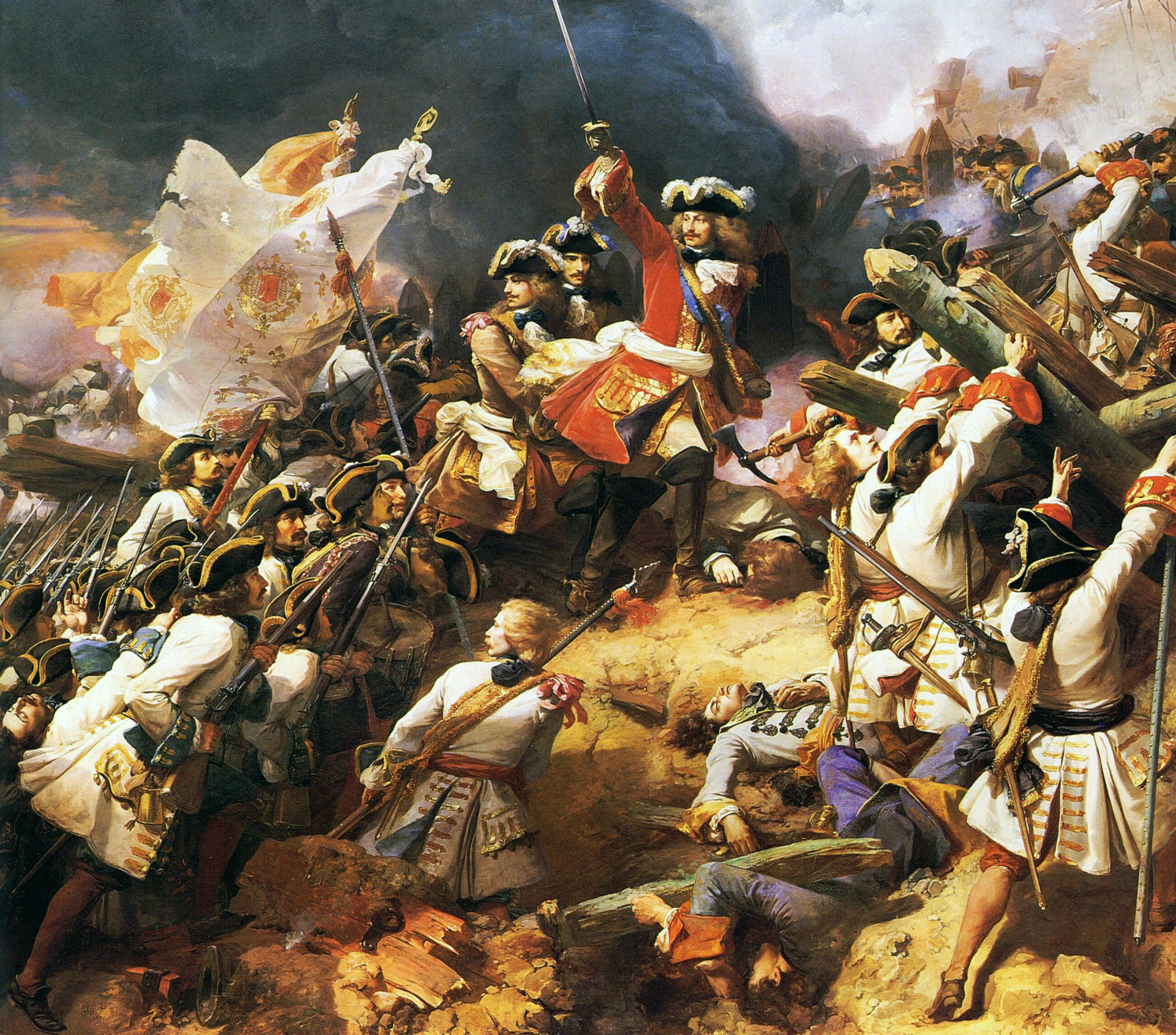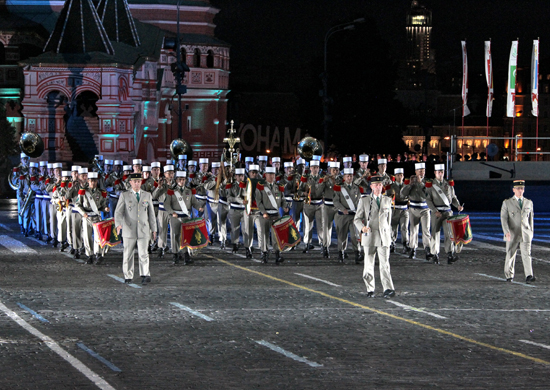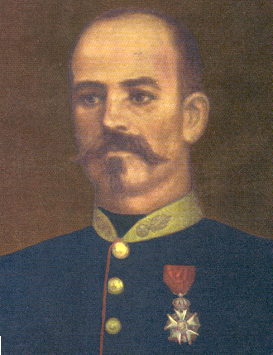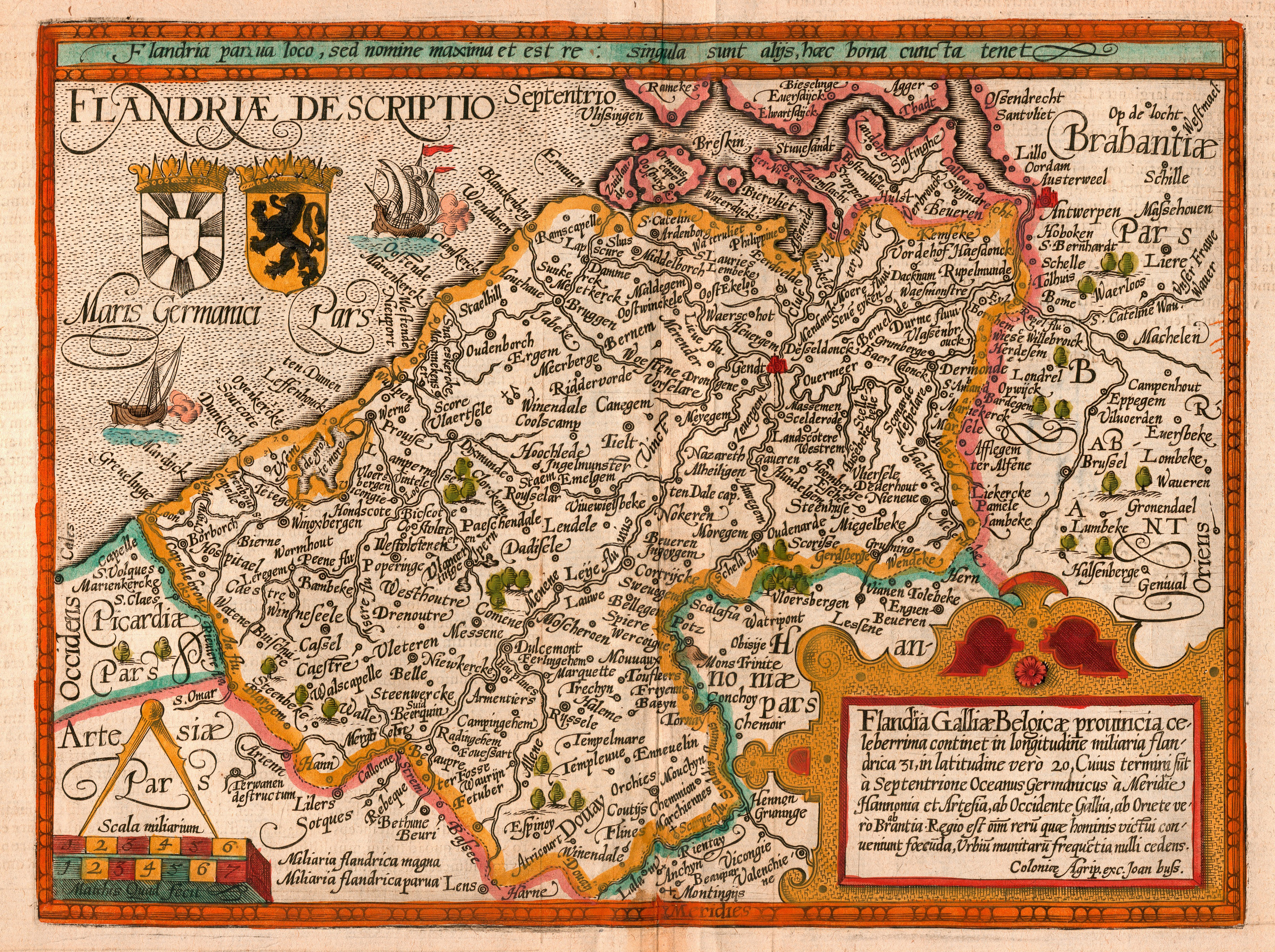|
3rd Marching Regiment Of The 1st Foreign Regiment
The 3rd Marching Regiment of the 1st Foreign Regiment, () was a unit of the French Foreign Legion which formed the Marching Regiment of the Foreign Legion (R.M.L.E) and existed ephemerally from end of 1914 to 1915. Creation and different nominations * On September 4, 1914: the Marching Regiment of the Foreign Legion of the entrenched camp of Paris () was created. * On November 28: the regiment adopted the designation of the 3rd Marching Regiment of the 1st Foreign Regiment (). * On July 13, 1915 : dissolution of the regiment History, garrisons, campaigns and battles * As of August 24, 1914, foreign volunteers were received at the camp of Reuilly and were taken in charge by the 32nd (Territorial Regiment). For training encadrement, senior officers were called in for the occasion as well as Paris Fire Brigade, sapeurs pompiers. * On September 4, the regiment was formed and was designated as the Marching Regiment of the Foreign Legion of the entrenched camp of Paris, accordingly ... [...More Info...] [...Related Items...] OR: [Wikipedia] [Google] [Baidu] |
French Army
The French Army, officially known as the Land Army (, , ), is the principal Army, land warfare force of France, and the largest component of the French Armed Forces; it is responsible to the Government of France, alongside the French Navy, French Air and Space Force, and the National Gendarmerie. The Army is commanded by the Chief of Staff of the French Army (CEMAT), who is subordinate of the Chief of the Defence Staff (France), Chief of the Defence Staff (CEMA), who commands active service Army units and in turn is responsible to the President of France. CEMAT is also directly responsible to the Ministry of Armed Forces (France), Ministry of the Armed Forces for administration, preparation, and equipment. The French Army, following the French Revolution, has generally been composed of a mixed force of conscripts and professional volunteers. It is now considered a professional force, since the French Parliament suspended the Conscription in France, conscription of soldiers. Acc ... [...More Info...] [...Related Items...] OR: [Wikipedia] [Google] [Baidu] |
Infantry Regiments Of The French Foreign Legion
Infantry, or infantryman are a type of soldier who specialize in ground combat, typically fighting dismounted. Historically the term was used to describe foot soldiers, i.e. those who march and fight on foot. In modern usage, the term broadly encompasses a wide variety of subspecialties, including light infantry, irregular infantry, heavy infantry, mountain infantry, motorized infantry, mechanized infantry, airborne infantry, air assault infantry, and naval infantry. Other subtypes of infantry, such as line infantry and mounted infantry, were once commonplace but fell out of favor in the 1800s with the invention of more accurate and powerful weapons. Etymology and terminology In English, use of the term ''infantry'' began about the 1570s, describing soldiers who march and fight on foot. The word derives from Middle French , from older Italian (also Spanish) ''infanteria'' (foot soldiers too inexperienced for cavalry), from Latin '' īnfāns'' (without speech, newborn ... [...More Info...] [...Related Items...] OR: [Wikipedia] [Google] [Baidu] |
Erwan Bergot
Erwan Bergot (27 January 19301 May 1993) was a French Army officer and author; he served in the French Army during the First Indochina War and Algerian War. Biography Born to a Breton family in Bordeaux, Erwan Bergot volunteered to serve in Indochina after completing his mandatory military service in 1951. He served in the 6th Colonial Parachute Battalion under Major Marcel Bigeard, after that he commanded the heavy mortar company of the 1st Foreign Parachute Battalion at the Battle of Dien Bien Phu. He was taken prisoner and experienced the hell of the Viet Minh internment camps; he was among the few that survived. In 1955, Bergot was recalled to serve in Algeria in the 2nd Foreign Parachute Regiment and 11e Choc. He was seriously wounded in his right eye during a clash at Constantine in 1961, leaving the frontline to write and report. He became the first editor of the magazine of the French Army in 1962, writing his first book in 1964, ''Deuxième classe à Dien-Bien-Ph ... [...More Info...] [...Related Items...] OR: [Wikipedia] [Google] [Baidu] |
Canadian National Vimy Memorial
The Canadian National Vimy Memorial is a war memorial site in France dedicated to the memory of Canadian Expeditionary Force members killed during the Military history of Canada during World War I, First World War. It also serves as the place of commemoration for Canadian soldiers of the First World War killed or presumed dead in France who have no known grave. The monument is the centrepiece of a preserved battlefield park that encompasses a portion of the ground over which the Canadian Corps made their assault during the initial Battle of Vimy Ridge offensive of the Battle of Arras (1917), Battle of Arras. The Battle of Vimy Ridge was the first time all four divisions of the Canadian Expeditionary Force participated in a battle as a cohesive formation, and it became a Canadian national symbol of achievement and sacrifice. France ceded to Canada the perpetual use of a portion of land on Vimy Ridge on the understanding that Canada use the land to establish a battlefield park an ... [...More Info...] [...Related Items...] OR: [Wikipedia] [Google] [Baidu] |
French Foreign Legion Music Band (MLE)
The Music of the Foreign Legion (), formerly known as the Principal Music of the Foreign Legion () is a Military band of the French Foreign Legion. French or Foreign, musicians or not, they all volunteer for the Legion and receive, first, basic military training within the 4th Foreign Regiment, then are either assigned to a line regiment or the 1st Foreign Regiment. The band is the only military band in the world formed of both French and foreign nationals, composed of Legionnaire Musicians. History The History of Foreign Legion Music commenced with the creation of the Foreign Legion by King Louis Philippe I in 1831. Legionnaires Musicians were regrouped at the corps of a common formation. History of Music of the Foreign Legion (MLE) The Music Band maintains till the presen ... [...More Info...] [...Related Items...] OR: [Wikipedia] [Google] [Baidu] |
Major (France)
() is the seniormost non-commissioned officer rank in France and other Francophone countries. Unlike most other countries which use the old European rank system, France uses as its lowest ranking Senior officer#France, senior officer. While the rank functions of ''major'' () in France, can be similarly compared to that of a sergeant major, it is higher (rank of major) than a chief warrant officer (), and similar to a Master Chief Petty Officer of the Navy, master chief (depending on the service branch of the respective country); the rank of major () is still different. Major was a senior superior Officer (armed forces), officer military rank, rank first, with a history of various military traditions in various corps, then recently in time became attached to the sub-officer (non-commissioned) corps as of 2009. The rank of major () of the French Armed Forces can be the closest equivalent in terms of authenticity, and even still different, to the United States Armed Forces, Amer ... [...More Info...] [...Related Items...] OR: [Wikipedia] [Google] [Baidu] |
Blaise Cendrars
Frédéric-Louis Sauser (1 September 1887 – 21 January 1961), better known as Blaise Cendrars (), was a Swiss-born novelist and poet who became a naturalized French citizen in 1916. He was a writer of considerable influence in the European modernist movement. Early years and education He was born in La Chaux-de-Fonds, Neuchâtel, Switzerland, rue de la Paix 27, into a bourgeois francophone family, to a Swiss father and a Scottish mother. They sent young Frédéric to a German boarding school, but he ran away. At the Realschule in Basel in 1902 he met his lifelong friend the sculptor August Suter. Next they enrolled him in a school in Neuchâtel, but he had little enthusiasm for his studies. Finally, in 1904, he left school due to poor performance and began an apprenticeship with a Swiss watchmaker in Russia. While living in St. Petersburg, he began to write, thanks to the encouragement of R.R., a librarian at the National Library of Russia. There he wrote the poem, " The ... [...More Info...] [...Related Items...] OR: [Wikipedia] [Google] [Baidu] |
1st Foreign Regiment
The 1st Foreign Regiment () is a depot regiment of the Foreign Legion in the French Army. It is located at Aubagne. The regiment is also responsible for running special institutions of the Legion. These include the magazine ''Képi Blanc'', the Legion's Athletics Team (ATHLEG), the Legion Military Band, the Legion Museum and numerous other Legion initiatives. History Royal Foreign Legion Under the first restoration, the Bourbons only retained the Swiss foreign soldiers, as a mark of their loyal service rendered to France during four centuries, and with them also, four foreign regiments out of which one colonial, formed of Spanish and Portuguese. The eight reorganized foreign regiments by Napoleon at the Hundred Days formed in 1815 the Royal Foreign Legion, which became the Hohenlohe Legion, then in 1821 the Hohenlohe Regiment. Licensed in 1830, the latter contributed to form the twenty first light, then the French Foreign Legion. The Swiss regiments of the restoration d ... [...More Info...] [...Related Items...] OR: [Wikipedia] [Google] [Baidu] |
2nd Marching Regiment Of The 1st Foreign Regiment
The 2nd Marching Regiment of the 1st Foreign Regiment, () was a French military unit of the Legion which formed the Marching Regiment of the Foreign Legion (R.M.L.E) and existed ephemerally from end of 1914 to 1915. Creation and different nominations In September 1914: the 2nd Marching Regiment of the 1st Foreign Regiment, () was created from effectifs of the 1st Foreign Regiment. On November 11, 1915: the 2nd Marching Regiment of the 1st Foreign Regiment, () was dissolved and contingents were merged with the 2nd Marching Regiment of the 2nd Foreign Regiment, () in order to form the Marching Regiment of the Foreign Legion (R.M.L.E). History during First World War Creation of the regiment On August 14, 1914, the minister decided that foreigners could contract military service for the duration of the war. Accordingly, the 1st Foreign Regiment at Sidi Bel Abbès received ministerial orders to form two units in order to provide a cadre administering to the recruiting depots o ... [...More Info...] [...Related Items...] OR: [Wikipedia] [Google] [Baidu] |
Russians
Russians ( ) are an East Slavs, East Slavic ethnic group native to Eastern Europe. Their mother tongue is Russian language, Russian, the most spoken Slavic languages, Slavic language. The majority of Russians adhere to Eastern Orthodox Church, Orthodox Christianity, ever since the Middle Ages. By total numbers, they compose the largest Slavs, Slavic and Ethnic groups in Europe, European nation. Genetic studies show that Russians are closely related to Polish people, Poles, Belarusians, Ukrainians, as well as Estonians, Latvians, Lithuanians, and Finns. They were formed from East Slavic tribes, and their cultural ancestry is based in Kievan Rus'. The Russian word for the Russians is derived from the Names of Rus', Russia and Ruthenia, people of Rus' and the territory of Rus'. Russians share many historical and cultural traits with other European peoples, and especially with other East Slavic ethnic groups, specifically Belarusians and Ukrainians. The vast majority of Russians ... [...More Info...] [...Related Items...] OR: [Wikipedia] [Google] [Baidu] |
Belgians
Belgians ( ; ; ) are people identified with the Kingdom of Belgium, a federal state in Western Europe. As Belgium is a multinational state, this connection may be residential, legal, historical, or cultural rather than ethnic. The majority of Belgians, however, belong to two distinct linguistic groups or ''communities'' (; ) native to the country, i.e. its historical regions: Flemings in Flanders, who speak Dutch, West Flemish and Limburgish; and Walloons in Wallonia, who speak French or Walloon. There is also a substantial Belgian diaspora, which has settled primarily in the United States, Canada, France, and the Netherlands. Etymology The 1830 revolution led to the establishment of an independent country under a provisional government and a national congress. The name "Belgium" was adopted for the country, the word being derived from '' Gallia Belgica'', a Roman province in the northernmost part of Gaul that, before Roman invasion in 100 BC, was inhabi ... [...More Info...] [...Related Items...] OR: [Wikipedia] [Google] [Baidu] |






